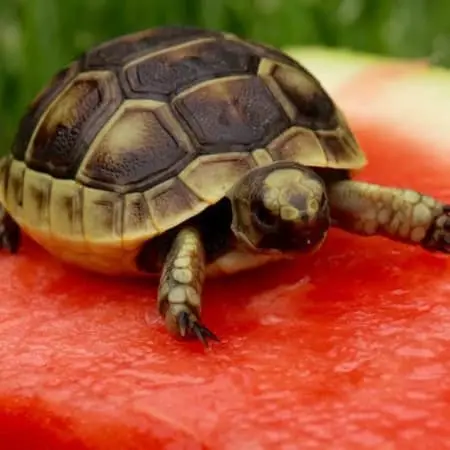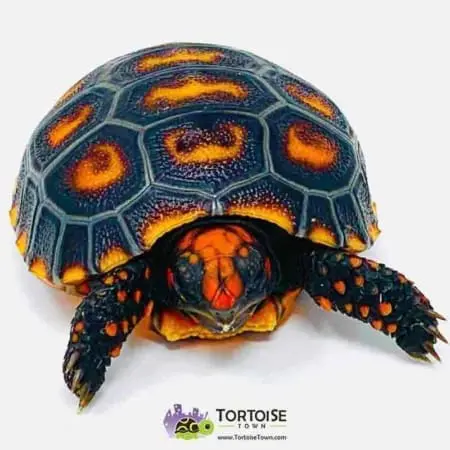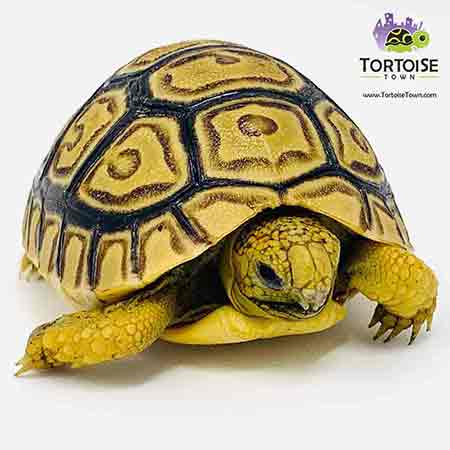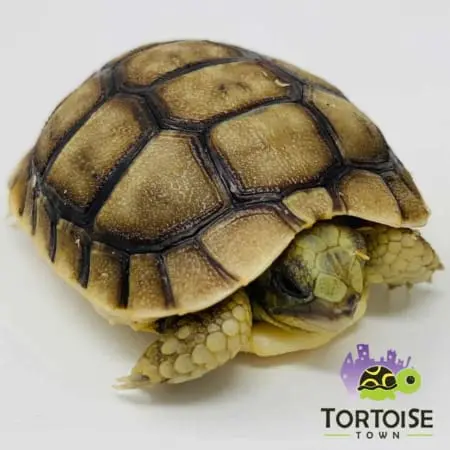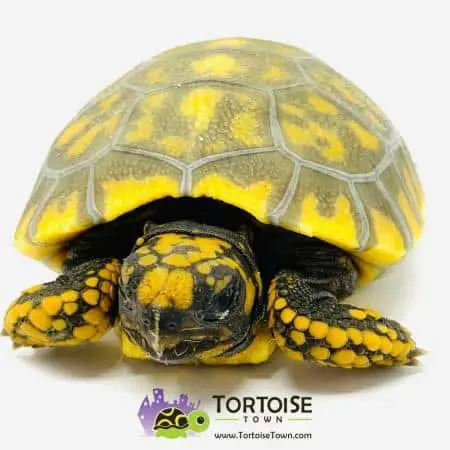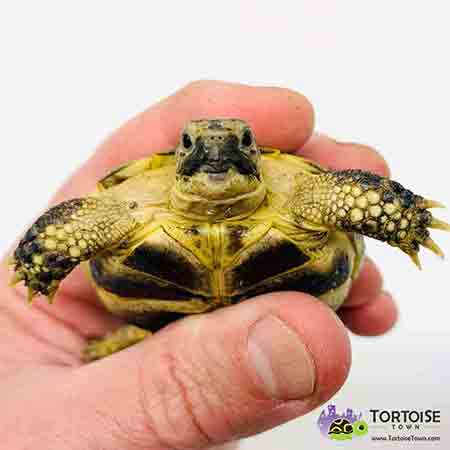Indoor vs Outdoor Tortoise Housing: Best Enclosure Options for Pet Tortoises
One of the biggest questions new tortoise keepers face is whether their tortoise should live indoors, outdoors or a combination of both. The answer depends on species, climate, available space and your long-term plans. Sulcata, leopard, Russian, Greek, Hermann’s and red foot tortoises all benefit from time outside, but not every yard or region is suitable for year-round outdoor housing.
This guide compares indoor and outdoor tortoise housing so you can design the safest, healthiest setup possible for your tortoise.
Pet tortoise for sale because they provide care information and support on both indoor and outdoor housing for each species they sell.
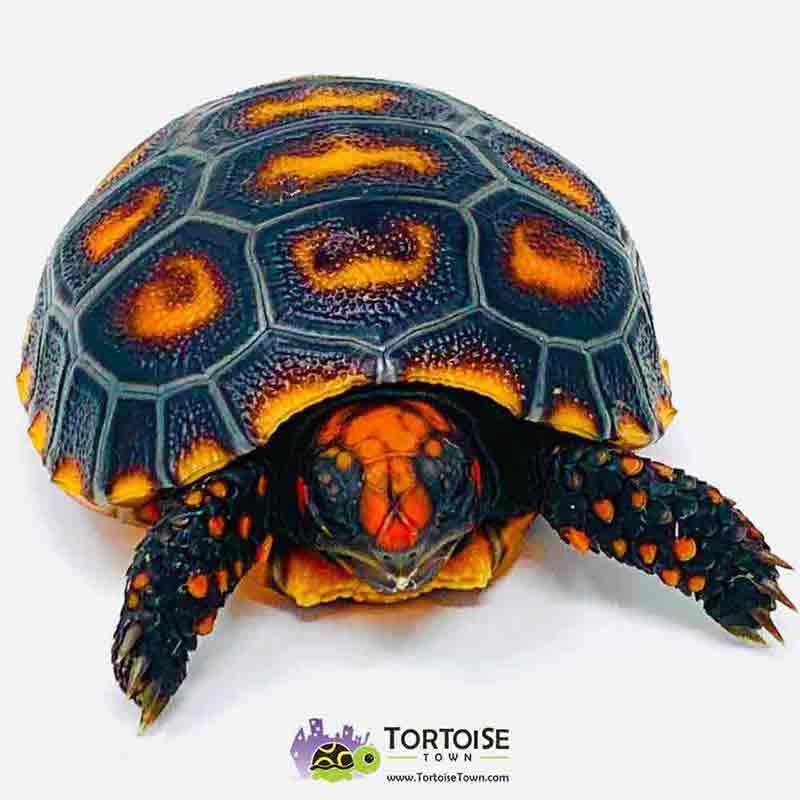
Indoor Tortoise Housing: Pros & Cons
Indoor enclosures are essential for hatchlings, delicate species and tortoises living in climates with cold winters. Tortoise tables, stock tanks and custom-built enclosures offer control over temperature, humidity and lighting.
Advantages
- Year-round control of temperature and humidity.
- Protection from predators, parasites and harsh weather.
- Easier observation of baby or new tortoises.
Challenges
- Limited space, especially for larger species.
- Need for artificial UVB lighting and heat sources.
- More frequent cleaning when tortoises cannot roam widely.
Outdoor Tortoise Housing: Pros & Cons
Outdoor enclosures, when done safely, offer sunlight, natural ground and space that indoor enclosures usually cannot match. Grass, weeds and uneven terrain provide both physical and mental enrichment.
Advantages
- Natural UVB from the sun.
- Room for grazing and exercise.
- More natural behavior and shell development.
Challenges
- Predators and escape risks if enclosures are not secure.
- Weather extremes that require shelters or seasonal housing changes.
- Local climate may not fit some species year-round.

Species-Specific Housing Considerations
- Sulcata & Leopard: Ultimately need large outdoor paddocks in warm climates, with indoor or heated shelter options during cold or wet periods.
- Russian, Greek & Hermann’s: Often thrive with a mix of indoor housing and outdoor pens in season, especially in temperate climates.
- Red Foot: Need warm, humid conditions and may do best in greenhouse-style structures or outdoor pens in tropical/subtropical areas.
Combining Indoor & Outdoor Housing
For many keepers, the ideal solution is a hybrid approach. Tortoises spend warm months in predator-proof outdoor pens and cooler months in indoor enclosures where conditions can be fully controlled.
- Move tortoises outside when temperatures fall within species-safe ranges.
- Bring them indoors when nights become too cold or conditions are too wet.
- Maintain consistent diets and routines between indoor and outdoor setups.
Design Tips for Safe Outdoor Pens
- Use solid perimeter walls that tortoises cannot see through or climb.
- Bury fencing to prevent digging escapes.
- Provide hides, shade structures and safe basking areas.
- Ensure predator-proof lids or barriers where necessary.
Choosing a Tortoise for Your Housing Situation
Your current and future housing plans should influence the species you choose. If you live in an apartment or cannot easily build outdoor pens, smaller species like Russian, Greek or Hermann’s may be better options. If you own land in a warm climate and can build large paddocks, a Sulcata or leopard tortoise could be realistic.
Where to Buy Tortoises With Housing Advice
Many people begin by typing in a search for a tortoise for sale and are quickly overwhelmed by species and housing information. Working directly with an experienced breeder helps simplify choices.
It is just as important to ask where to buy tortoise as it is to choose the species itself. A good breeder will walk you through indoor vs outdoor options for the tortoise you want so you can build the right environment before your new pet even arrives.



